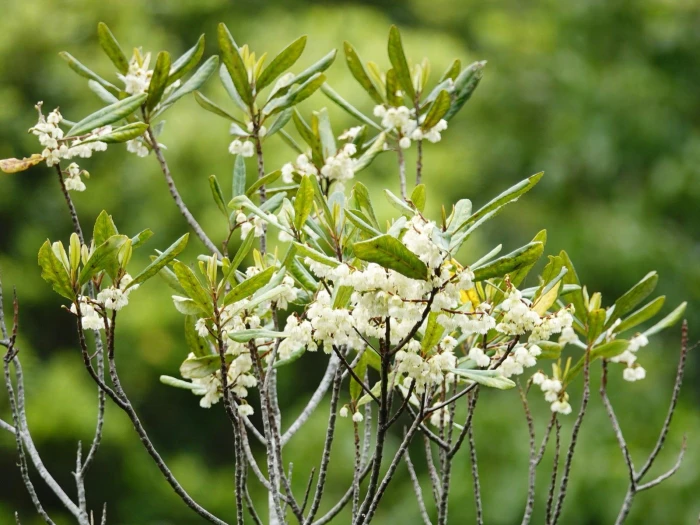Hinau
(Elaeocarpus dentatus)
Hinau (Elaeocarpus dentatus)
/
/

Jacqui Geux
CC BY 4.0
Image By:
Jacqui Geux
Recorded By:
Copyright:
CC BY 4.0
Copyright Notice:
Photo by: Jacqui Geux | License Type: CC BY 4.0 | License URL: http://creativecommons.org/licenses/by/4.0/ | Rights Holder: Jacqui Geux | Publisher: iNaturalist | Date Created: 2020-11-10T11:00:43-08:00 |

























Estimated Native Range
Climate Requirements for Lehigh Acres, Florida
| This Plant | Your Site | Plant Suitability for Your Location | ||
|---|---|---|---|---|
| • Precipitation | 27" - 165" | 52" | Aquatic | Aquatic |
| • High Temp. | 62°F - 83°F | 93°F | Your summers may be too hot for this plant. | Too hot |
| • Low Temp. | 26°F - 52°F | 52°F | Your winter temperatures are normal for this plant | Excellent |
This plant should grow well at your location with about N inches per year (Y minutes per month) of irrigation.
Summary
Elaeocarpus dentatus, commonly known as hinau, is a deciduous tree native to the lowland and lower montane forests of New Zealand, found on both the North and South Islands. It typically reaches heights of up to 59 feet (18 meters) and has a straight trunk with smooth, dark bark. The leaves are dark green, glossy, and toothed, contributing to the tree’s attractive foliage. In spring, hinau produces clusters of small, white, fragrant flowers that are quite showy and attract a variety of pollinators. By late summer, these flowers give way to fleshy, purple-black fruit that is a food source for birds.
Hinau is valued for its ecological role and cultural significance. The heartwood is durable and has been traditionally used for fence posts. In cultivation, hinau can be used as a specimen tree in parks and large gardens, and its flowers are beneficial for attracting native birds. It prefers moist, well-drained soils and can tolerate a range of light conditions from full sun to part shade. While it is not commonly grown outside of New Zealand, it can be a unique addition to arboretums and botanical gardens focusing on Southern Hemisphere flora.CC BY-SA 4.0
Hinau is valued for its ecological role and cultural significance. The heartwood is durable and has been traditionally used for fence posts. In cultivation, hinau can be used as a specimen tree in parks and large gardens, and its flowers are beneficial for attracting native birds. It prefers moist, well-drained soils and can tolerate a range of light conditions from full sun to part shade. While it is not commonly grown outside of New Zealand, it can be a unique addition to arboretums and botanical gardens focusing on Southern Hemisphere flora.CC BY-SA 4.0
Plant Description
- Plant Type: Tree
- Height: 33-66 feet
- Width: 20-30 feet
- Growth Rate: Slow
- Flower Color: White
- Flowering Season: Spring
- Leaf Retention: Evergreen
Growth Requirements
- Sun: Full Sun, Part Shade
- Water: Medium
- Drainage: Medium
Common Uses
Bird Garden, Border Plant, Butterfly Garden, Edible*Disclaimer: Easyscape's listed plant edibility is for informational use. Always verify the safety and proper identification of any plant before consumption., Low Maintenance, Showy Flowers
Natural Habitat
Native to lowland and lower montane forests of New Zealand
Other Names
Common Names: Pigeonwood, New Zealand Laurel
Scientific Names: Elaeocarpus dentatus, Cassine dentata, Dicera dentata, Elaeocarpus cunninghamii, Elaeocarpus dicera, Elaeocarpus hinau, Elaeocarpus strictus, Elaeocarpus strictus, Eriostemon dentatus
GBIF Accepted Name: Elaeocarpus dentatus